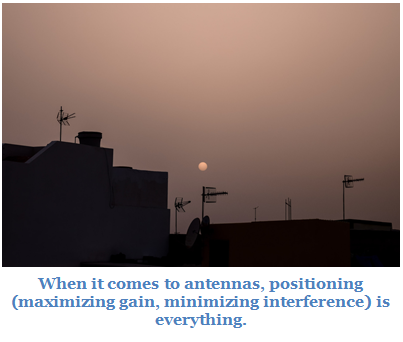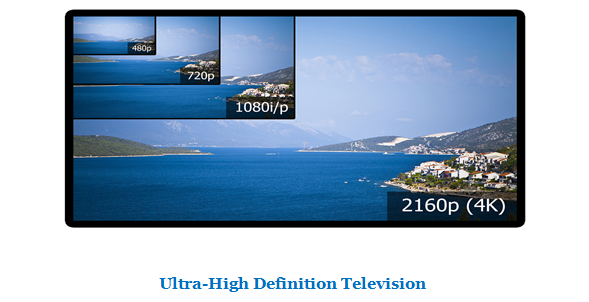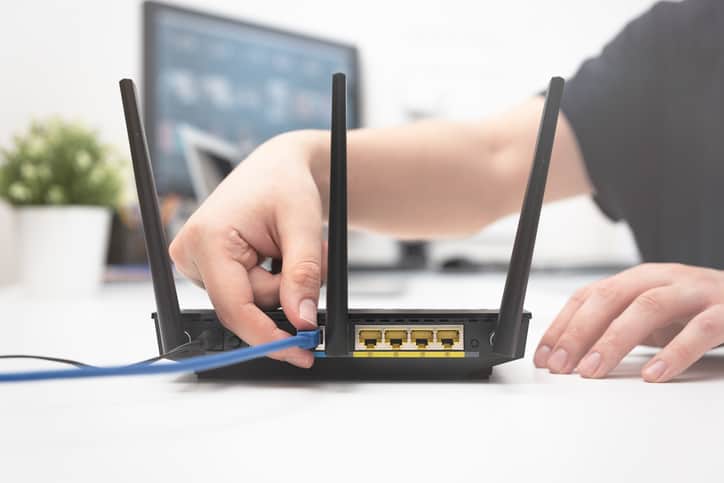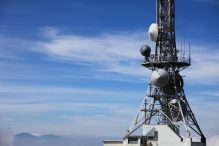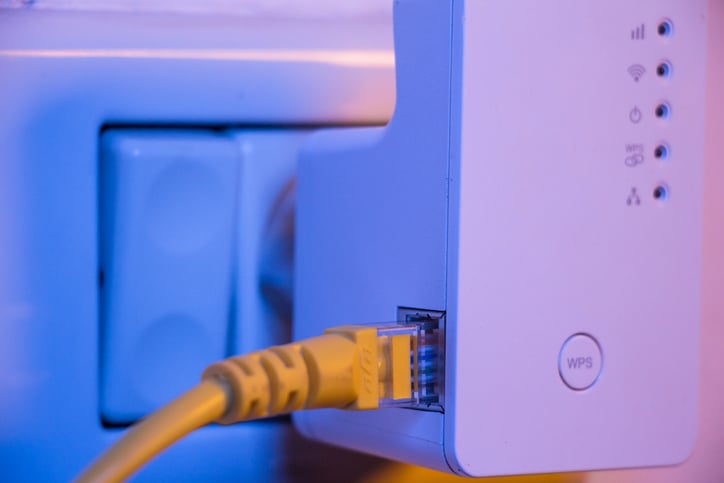4G LTE & 5G Cellular Booster Antenna Guide
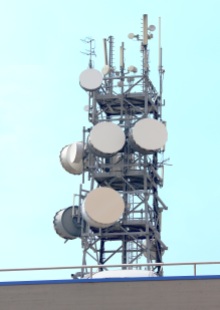
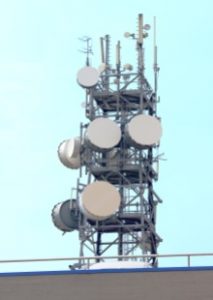
These CDMA and GSM standard-based cellular booster antenna remind me of the early days of training DirecPc™ installers the fine art of installing a one-way satellite system from the green mountains of Vermont onto the rugged Catskills mountain range down to the flat lands of Florida. The exception being, satellite signal reception was more complicated (consideration for the bleeding of one frequency into another) than getting an earth base cellular signal.
At the end of the proverbial day, it’s all about transmit and receive signals being clean for everyone (end users). Period. That being said, from poor cellular reception to sluggish Internet, mobile broadband users in rural areas are faced with a slew of connectivity problems. Cellular booster antennas – cellular signal repeater systems consisting of an antenna, an amplifier, and a wireless router – improve poor service at home or on the go. For a solution to a mobile broadband signal that is unreliable or reliably bad, look to our concise booster antenna guide.
What’s in a Repeater System?
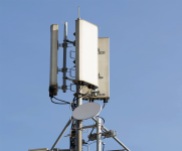
Cellphone repeater systems use two antennas to amplify cellular signals and broadcast the signals from one location (usually outside the building) to another (inside the building). Their apparatus consists of four pieces: 1. An external antenna placed in the onsite location with the strongest signal: this antenna receives a signal from the nearest tower. 2. A signal amplifier: predictably, this device amplifies the signal received by the external antenna. 3. An internal antenna placed where a good signal is desired: this antenna receives a signal from the signal amplifier. 4. A cable: this handy coil transports the signal from the external antenna to the amplifier to the internal antenna. While cellphone repeater systems are the most effective way to boost the cellular signal in a variety of situations, it is also possible (and less expensive) to use a standalone booster antenna instead. In situations where a small boost is all you need, standalone antennas are the more sensible option.
Which Cellular Booster Antenna Manufacturer is the Best?
The booster antenna industry has become a multi-billion dollar business. Hence, most providers deem it fitting to get involved in the upselling or provision of booster antenna for the following reason reasons: 1) Maintaining retention 2) Attracting additional revenues In alphabetical order, the following manufacturers produce the most popular booster antennas for mobile broadband users:
AT&T
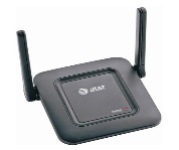
Every cellular carrier brands a booster antenna for their official store, but not every carrier offers a model as successful as the AT&T Microcell Wireless Network Extender ($300). This omnidirectional booster is the one carrier-branded antenna consistently listed as a critic favorite [1]. Unfortunately, the Microcell is a femtocell that requires a preexisting high-speed Internet connection to function. The second disadvantage of the Microcell, and anything AT&T sells, is that, just like a cellphone, it is locked to AT&T’s network. Because the Microcell only picks up signals in AT&T’s frequency range, don’t make the investment if you’re feeling ambivalent about your carrier. AT&T has been known to distribute free or discounted booster antennas as consolation prizes for poor service [2]. Talk to an AT&T representative, then, before you purchase one outright.
Phonetone
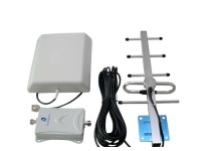
This electronics manufacturer produces nothing but booster antennas and booster antenna parts (internal and external antennas, wireless routers, amplifiers, and, of course, cables). Consequently, they’re pretty good at it. Phonetone’s wide range of products (omnidirectional and directional antennas, stationary and portable antennas, amplifiers) are less used and, therefore, less reviewed than the products of bigger manufacturers like Wilson Electronics. Phonetone models are, however, significantly less expensive than Wilson Electronics. Most of Phonetone’s antennas transmit at a wide range of frequencies that include the bands of AT&T, Sprint, T-Mobile, and Verizon. One of the manufacturer’s most versatile models, the Phonetone 8dBi Indoor Wall Panel Directional Antenna ($20), for example, transmits at all frequencies between 800 and 2500 MHz.
Sprint
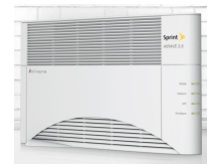
The Sprint Airave ($100) is a femtocell built by Samsung that, like the AT&T Microcell, requires an external high-speed Internet connection (1.5 Mbps uplink/256 Kbps downlink and not satellite or mobile broadband) to run. Consequently, it is not useful at all for subscribers that use mobile broadband as their primary source of Internet. Samsung designed the Airave for Sprint with call quality, not Internet connectivity, in mind. Given, however, that 32% of smartphone users access the Internet primarily or exclusively on their phones [3], the carriers’ choice to market femtocells as their primary booster antennas is puzzling. In this day and age, the fact that the device requires an external high-speed Internet connection to work compromises their relevancy. Sprint has been known to distribute free Airaves as consolation prizes for poor service [4]. Talk to a Sprint representative, then, before you purchase one outright.
SmoothTalker
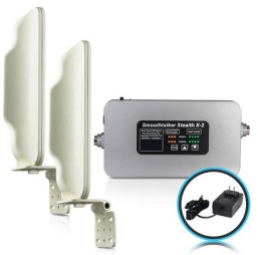
Canadian manufacturer SmoothTalker’s product line includes both portable and stationary antennas, although its most successful products are its highly effective mobile units and its cellphone cradles. SmoothTalker’s products are semi-customizable; the company sells the same line for multiple power inputs (plug-in CLA power, fused power, and 120V wall power). The SmoothTalker Mobile X1 BRM220 ($390) is a mobile unit that installs in a car or RV. The unit’s signal amplifier improves coverage by up to 50 dB, the maximum allowed by the FCC. The unit’s wireless router rebroadcasts the cellular signal through the antenna at a range of up to 65 feet. As a whole, the booster antenna is streamlined and devilishly effective.
SureCall
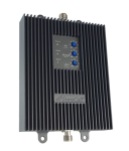
SureCall products are more expensive than industry leader Wilson Electronics’, but they also significantly outperform Wilson Electronics’ products in a number of tests [5]. High performance, American designs make SureCall a favorite for military contracts. The strength of SureCall’s products is due, in part, to the specificity with which they are designed. Products designed for one carrier’s frequency bands, like the SureCall TriFlex-V 3G/4G Tri-Band Cellular Signal Booster Kit ($690, specific to Verizon), minimize adjustment error and signal interference. SureCall also designs products specifically for AT&T, 2G, 3G, 4G LTE, and public safety bands. The wide range of specifications makes SureCall’s products applicable to industrial, business, and residential needs.
Verizon
Like AT&T and Sprint, Verizon carries a femtocell network antenna that requires high-speed Internet to run. Unlike AT&T and Sprint, Verizon does not rebrand the unit, manufactured by Samsung, as its own. Instead, it produces a small range of low-end booster antennas under the Verizon name. Verizon’s booster antennas are more accessories than powerful repeater systems, although it is possible to build a passable repeater system with Verizon products. The Verizon Magnetic Mount Antenna for LTE ($20), which plugs directly into a cellphone or into a router, is an inexpensive, easy solution for Verizon customers with substandard service. Carrier-branded products are not better than other booster antennas. In fact, they are worse. The one advantage buying a booster antenna from carrier is that they may offer customer discounts. Verizon is less known for hardware discounts than AT&T and Sprint, but (if your Verizon coverage is subpar) be sure to argue your case to Verizon before paying retail.
Wilson Electronics/weBoost
The quiet king of booster antennas, Wilson Electronics, manufactures units under the brand names Wilson Electronics and weBoost. Shunning flashy branding, Wilson Electronics lets its superior products speak for themselves. Like SureCall, specificity is the key to Wilson Electronic’s success (well, that plus the expertise it has as one of the world’s oldest booster antenna manufacturers). The Wilson 462205 Dual Band DB PRO Yagi Kit for 2G & 3G ($299), for example, is specific to 3G and 2G networks and, therefore, perfect for rural users in areas not covered by 4G LTE anyway. Critics consistently rank Wilson Electronics and weBoost booster antennas at the top of their “best of” lists. A combination of reliable products, competitive pricing, and a trusted brand name contribute to the company’s market dominance.
zBoost
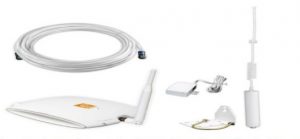
This booster antenna manufacturer produces products specifically for use in either the United States, Canada, or Latin America. Its products are designed for not just a variety of locations, but, with a range of up to 10,000 feet, also for a variety of scale. The zBoost ZB545 SOHO Dual Band Cell Phone Signal Booster for Home and Office ($210) is Amazon’s bestselling cellphone signal booster. The unit has a range of 2,500 feet and a signal gain of 62-64 dB. It is compatible with all major carriers. The popularity of one or two zBoost antennas in a market saturated with Wilson Electronics products speaks to the effective design of these models. While, overall, critics and customers are less satisfied with zBoost’s products than with the products of the industry leader, zBoost has carved out a lucrative niche for itself by purchasing Wilson Electronics.
Cellular Booster Antenna Installation and Maintenance
Purchasing quality hardware from one of the manufacturers above is the first step to high wireless gain; correctly installing that hardware is the second. Even the best booster antenna, if not properly installed, will fall short of the signal gain the box promised. These four installation tips will maximize the gain of your new hardware:
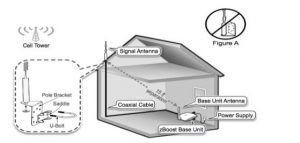
1. If your booster antenna includes a directional antenna like a Yagi, fine-tune the position of your antenna before locking it down. First, identify a general location where the signal is strong. Then connect a device, like a phone in test mode, to the antenna. Rotate the antenna, stopping every 10 degrees to take a reading. Directional antennas bring higher gains than omnidirectional antennas, but only if they are positioned properly. If the nearest tower is elevated, you should tilt your antenna upwards so that it points directly at the tower. A direct, clear line of sight between the tower and your antenna is ideal.
Signals are measured in a negative number of decibels (dB), where a closer proximity to zero indicates a better signal. Where the signal is highest, lock the antenna down. This guarantees you have the highest possible gain for your antenna apparatus. 2. Cables diminish signal strength. The longer the cable, the more strength is lost as the signal moves along it. Calculate a loss of 3.9 dB for every one hundred feet of cable [6]. Keep cords short by installing your wireless router and internal antenna in a central location near your external antenna. Cut, don’t coil, any extra cable and never wrap the cable around the mounting pole. Although a taut cable is a shorter cable, make sure to always leave a drip loop at the bottom to prevent water from damaging your router. 3. Like cables, connectors diminish signal strength. The more connectors you use in your antenna system, the greater the signal loss. Calculate a loss of 0.5 dB for every connector [6]. Connectors are essential to attach lightening arrestors, individual lengths of cable, and routers together. Obviously, the way to eliminate unnecessary signal loss is to eliminate unnecessary cables. If possible, use one length of cable in your antenna system instead of connecting multiple lengths with connectors. The risk of not having a lightening arrestor outweighs the signal gain of skipping it. Calculate a 2 dB loss (including connectors) for your lightening arrestor [6]. 4. Protect your hardware. Damaged hardware means depleted potential gain. Although a lightening arrestor has an initially negative effect on signal gain, it ultimately protects your investment. Likewise, protecting connectors with vulcanized rubber tape and using drip loops both preserve your equipment for future use.
For assistance choosing the best cellular booster antenna for your home call us at EVDO Depot USA 1-866-439-6630.

